El Sáhara pasa por Fitur 2022
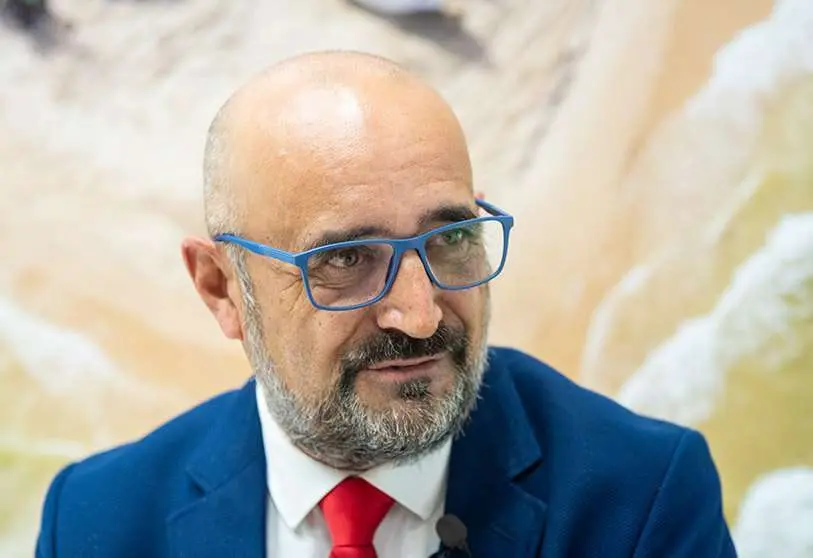
A photographer and designer by profession, Gonzalo Sánchez heard the call of the Sahara desert almost 20 years ago. He began his wanderings in that vast region as a development worker, when in 2006 he set foot in southern Morocco for the first time in the company of a professor from the University of Murcia. The culture and landscapes captivated Sánchez, until in 2013 he realised the incredible tourism potential of the region.
"Tourism is a sector that has been exploited very little in the Moroccan Sahara, for various reasons. And in Spain it is largely unknown. So, in order to make the region better known, and to help the local population, I decided to write this travel guide," Sánchez said during an interview granted to this media outlet in the middle of the FITUR 2022 fair.
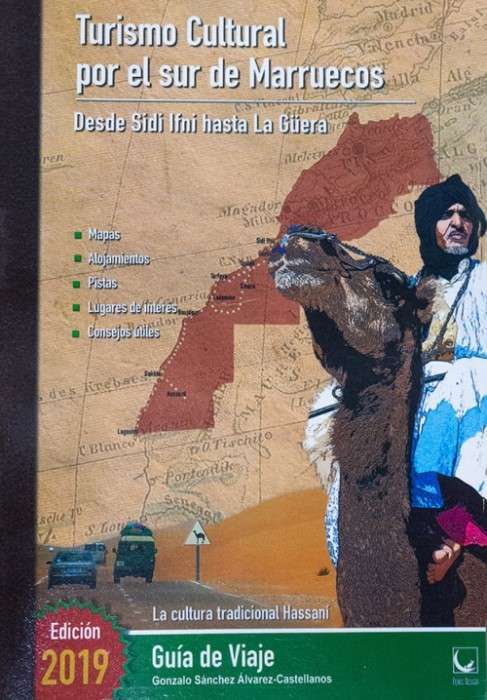
According to Sánchez, the beginning was not easy, "Not many publishing houses agreed with the project", until he moved his residence to Tarfaya, to dedicate himself exclusively to getting the book off the ground. This project ended up becoming a complete travel guide that talks about the cultural peculiarities of the region and its wonders: "Cultural tourism in the south of Morocco. From Sidi Ifni to La Güera".
It covers the essential details for getting on board, including a small glossary of basic words in Hassani and Darija. The guide also provides information on how to get to the destination, accommodation and useful telephone numbers. After this first part, the guide is broken down by region, in geographical order from north to south.
From Sidi Ifni to Dakhla Oued Eddahab, via Smara and El Ayoun. The guide ends with a section devoted to the culture of the region, all illustrated by a large number of photographs and maps produced by the Murcian writer and his local collaborators.
"Spanish tourism in the Sahara is traditionally limited to two sources. The Dakhla area with sports tourism, for kitesurfing. The beaches and the wind have nothing to envy Tarifa. And the El Aaíun area, where people born there during the colonial era, or even their children, come back to visit the place they are connected to in some way. It's very limited tourism, and that's what it is right now, mostly. But it means that there is an attraction, and therefore there should be more awareness.
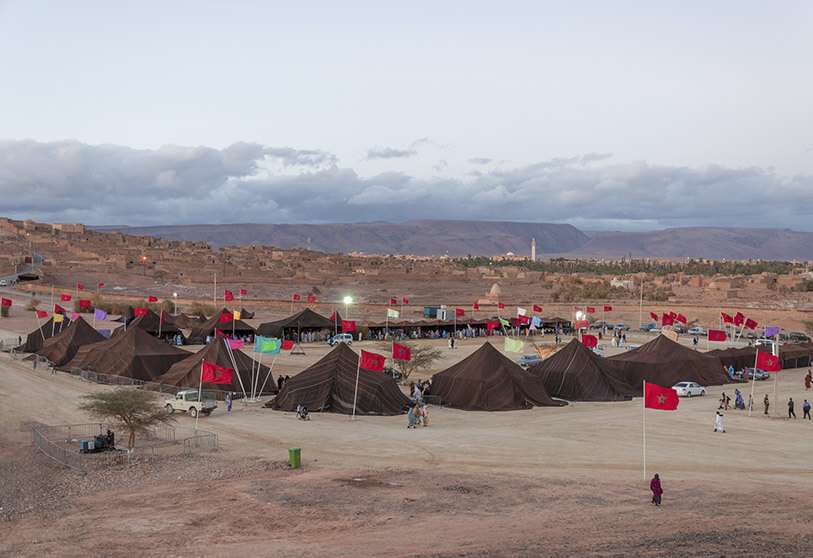
For Sánchez, this is a good basis on which to exploit the opportunities that the region has for this sector. "The main tourism potential that the regions of El Ayoun and Goulimin now have is cultural tourism," Sánchez explains. "They have impressive archaeological riches. But they are totally unknown, because the political circumstances of the region have prevented archaeological studies from being carried out in the Sahara. Especially in Smara, El Aaíun and Goulimín.
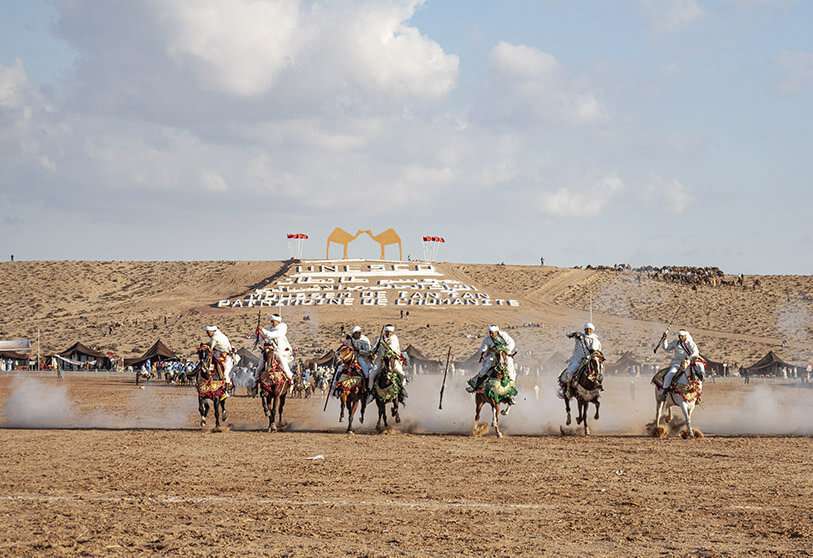
The sites Sánchez is talking about are all those remains of the passage of civilisations through the Sahara, mainly outposts and caravan passes, which can still be seen in the region, and which since 2019 the Moroccan government has been striving to maintain and catalogue through the plan of the National Directorate of Heritage. "Rock art, paintings, petroglyphs, pre-Islamic burial mounds or historical sites that certify and verify the reality of the Moroccan Sahara and its origins", lists Gonzalo Sánchez.
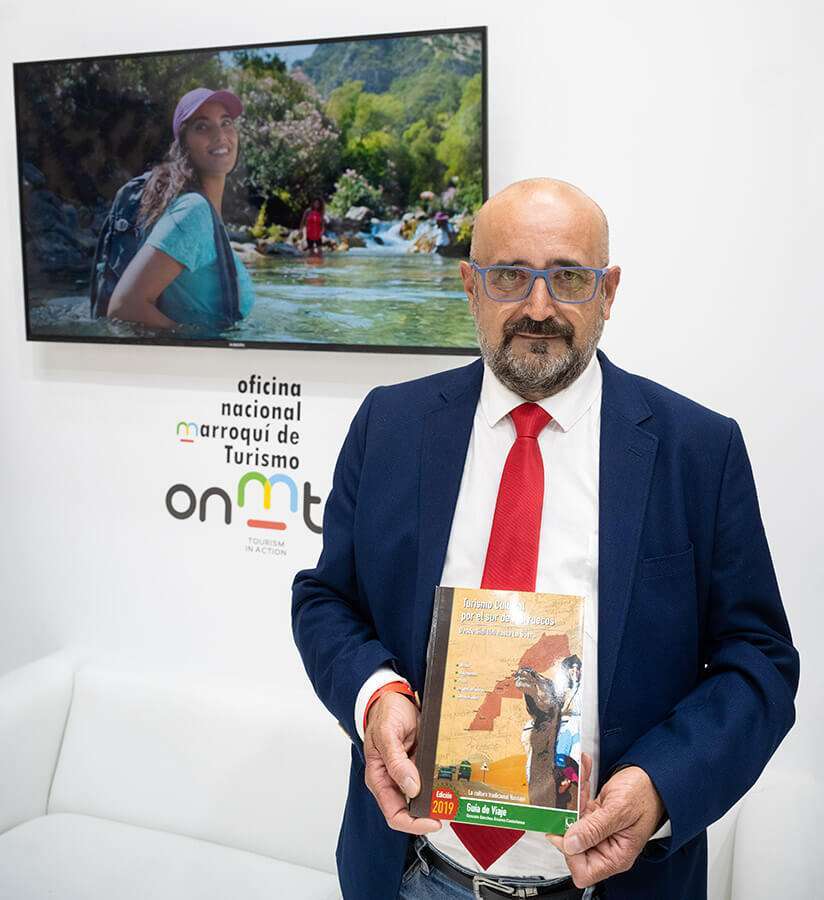
While the north enjoys its historical heritage, the southern regions boast natural enclaves that are unique in the world. "The Dakhla region has more 'exotic' tourism, sun and beach, bathing and sports. It is really there that international tourism is being boosted the most. Precisely because of its natural value, and its bay. Compared to El Aaiún or Goulimín, it already has a more established business. That's why a lot of efforts are being made in the latter two regions. In El Ayoun, almost twenty hotels may have been built in recent years. Hotels in good condition.

The way to reach all these destinations is essentially by plane, thanks to Royal Air Maroc or Binter Canarias, which have routes to the airports of El Ayoun and Dakhla. But for Sánchez, the most important and decisive aspect for the region is still missing: "The sea link between Tarfaya and the Canary Islands. The Moroccan state has made an impressive investment in the port of Tarfaya to turn it into something that has nothing to do with what it was in 2008. It is now a much bigger port," Sánchez comments.
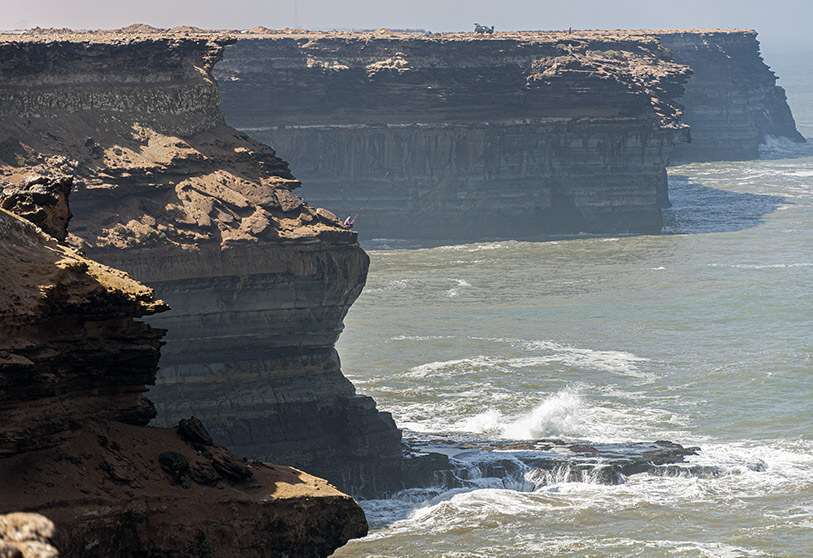
All these investments are, according to Sánchez, receiving enormous support from the local Saharan population. "They are the main beneficiaries of all this infrastructure that is being created. In El Aaiún itself, a tourism school has been set up to prepare young people for this sector. All that is missing is a final push, and above all a good promotion so that there is a market that interests the tour operators", adds Gonzalo Sánchez while showing photographs of the new port of Tarfaya, available in the book.

The pandemic has been an obstacle to this objective in terms of international tourism, which, as in many other countries, accounts for the bulk of the volume of visitors. "There is also a lot of interest from Moroccans themselves in tourism there. Especially in the Dakhla region, which I mentioned earlier. Local tourism, mainly from people from Casablanca and Marrakech, both individuals and in the form of events," Sánchez explains. "But for El Aaiún or Goulimín it is more complicated, since the type of attraction they have, which is 'adventure tourism in the desert', is already very well developed and developed in the regions of Ouarzazate and Zagora.

However, as Sánchez explains, Goulimin and Laayoune benefit more from an "unexplored lands" status, suitable for slower, more leisurely and sustainable tourism, compared to their northern competitors. "Many young people create bivouacs, makeshift camps in the desert, through associations.
Sanchez hopes that one day, the Sahara will become a recipient of tourists who will bring prosperity to the region. "The only thing the region lacks is a more regular flow of tourists, to make the business profitable for tour operators. Once that is in place, most of the work is done," says Sánchez optimistically. The Murcian hopes to return to the Sahara in mid-2022, to continue his work of exploring and promoting one of the most unknown places in North Africa.










